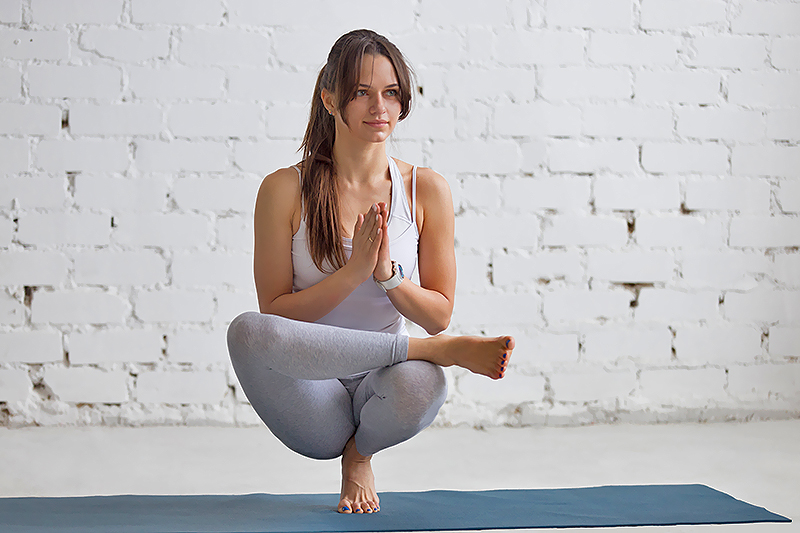The risk of falling becomes more common after the age of 65. At this age, however, falls can lead to serious injury and death. As a matter of fact, 2.5 million elderly adults go to the E.R for fall-related injuries every year. By performing safe at-home exercises, you can promote balance.
At-home balance exercises, reduce the risk of falling and your overall health. However, check with a professional before starting exercising.
A physical therapist can evaluate your balance. Then, they will determine what exercises will best help you. They will also advise how to stay safe as you work towards goals.
At-home Exercises Recommended by a Physical Therapist:
- Standing March: Stand near sturdy support, such as a chair. March in place for 20 – 30 seconds. It will gradually become easier. When it does, you can change the pace. You can also try switching to carpet and grass for different resistance.
- Standing 3-Way Kicks: Stand on 1 leg with an unlocked knee. Slowly, raise your other leg in front of you. Keep this leg straight and return it to the center. Then, gently lift the leg to the side and back. Next, extend it behind you and then back to the center. Perform as many as you can with each leg. As you get stronger, you can do this away from the support.
- Sidestepping: Face a wall and use it for support. Next, step sideways. Keep your toes pointed straight until you get to the end of the wall. Then return to where you started. And you can use resistance bands as you get stronger. A countertop is another good option if a wall is not available.
- 1-Leg Stand: Stand on one leg for as long as you can. Do not go longer than 30-seconds. Stay near something sturdy, in case you need support. Do this 3 – 5 times for each leg. Challenge yourself with additional tasks as you get stronger. Brush your teeth or do the dishes while on one leg. This is a great way to incorporate balance exercises into your day.
- Sit-to-Stand and Stand-to-Sit: Stand up out of a chair without using your arms. Use a firm pad beneath you if this is difficult at first. Return to a seated position slowly. Do not drop into the chair, but lower slowly. Do this as many times as you can.
- Heel-to-Toe Standing/Walking: Walk with one foot in front of the other. The heel of the front foot needs to touch the toe of the other. Hold this for as long as you can if standing. Once this is easy for you to do, try taking a few steps this way. Imagine walking on a tightrope. And, hold something for support if needed at first.
Overall
Several factors can contribute to falls in older adults. Balance decreases with age, but exercising in these ways maintains balance. If you have experienced dizziness and falls, you should get an evaluation done. A physical therapist can evaluate your balance and prescribe effective fall management.
If you still need help controlling your balance, call us at 888-409-8006 to schedule a physical therapy appointment.


